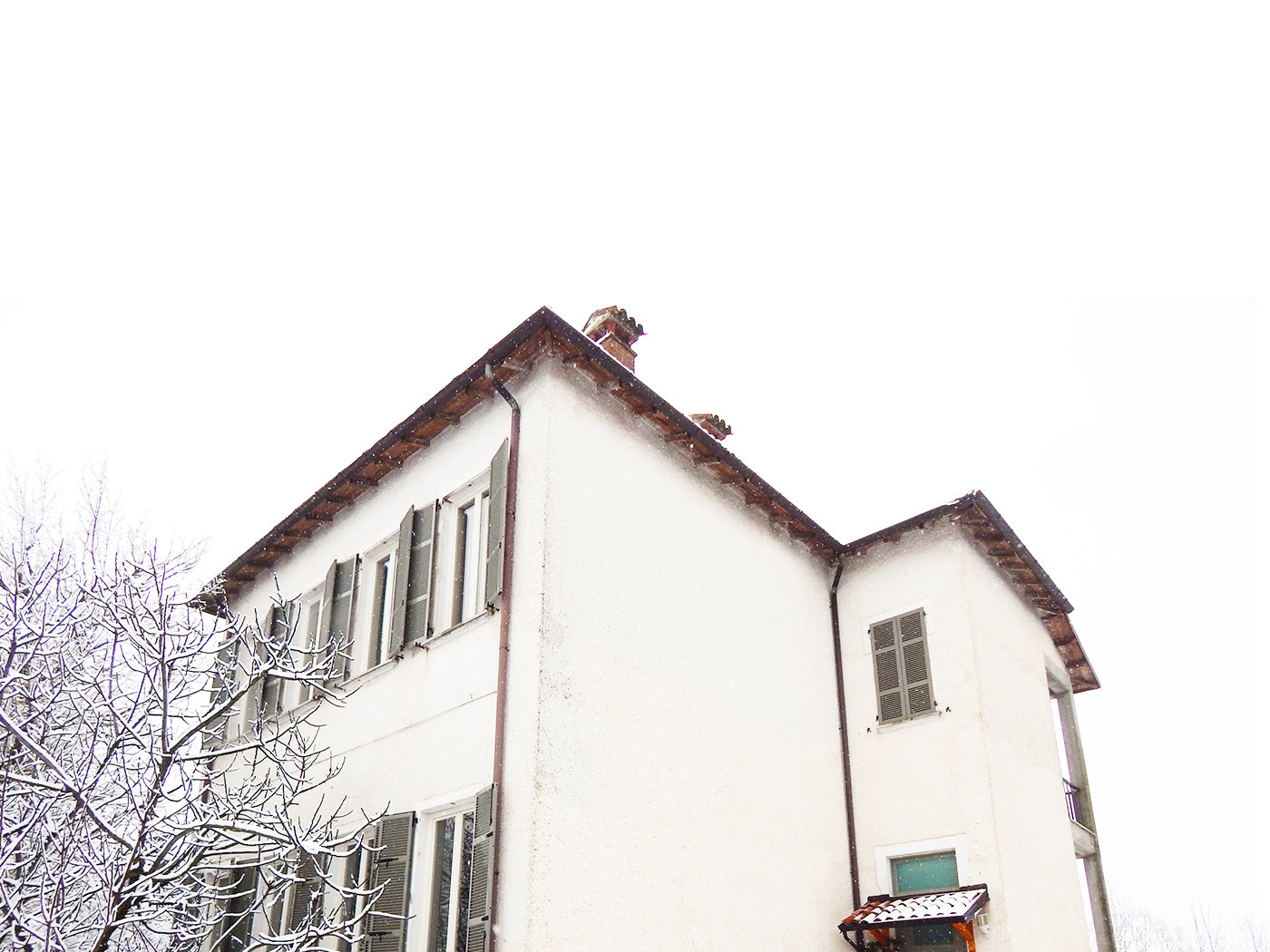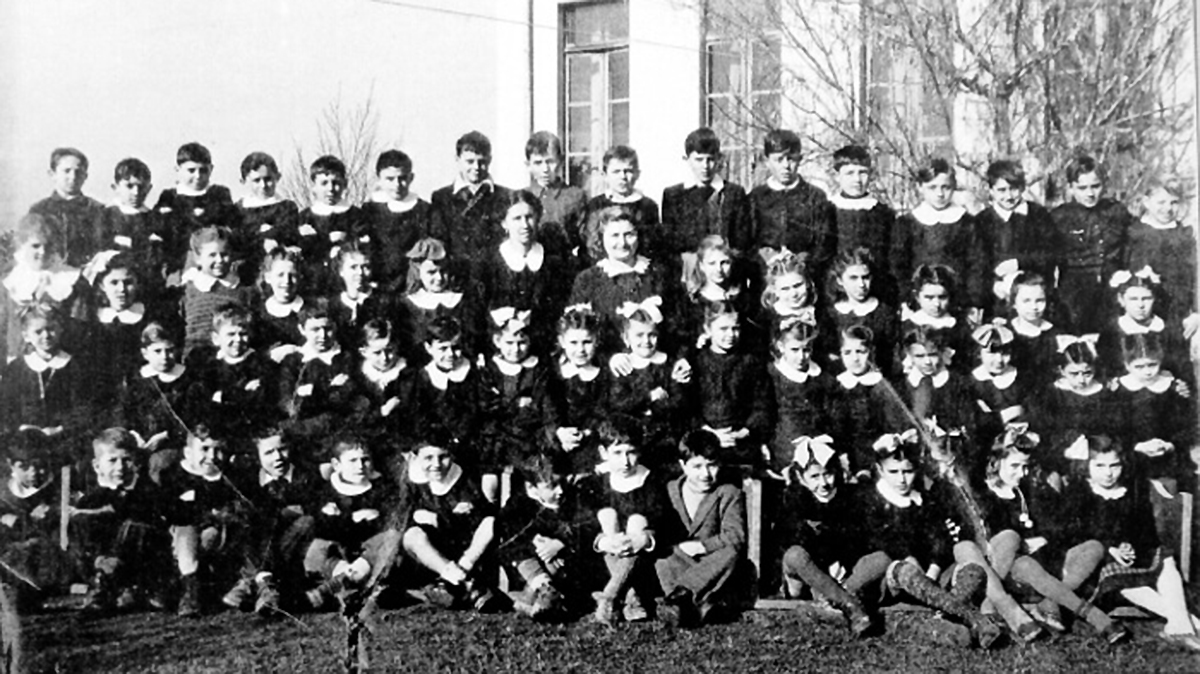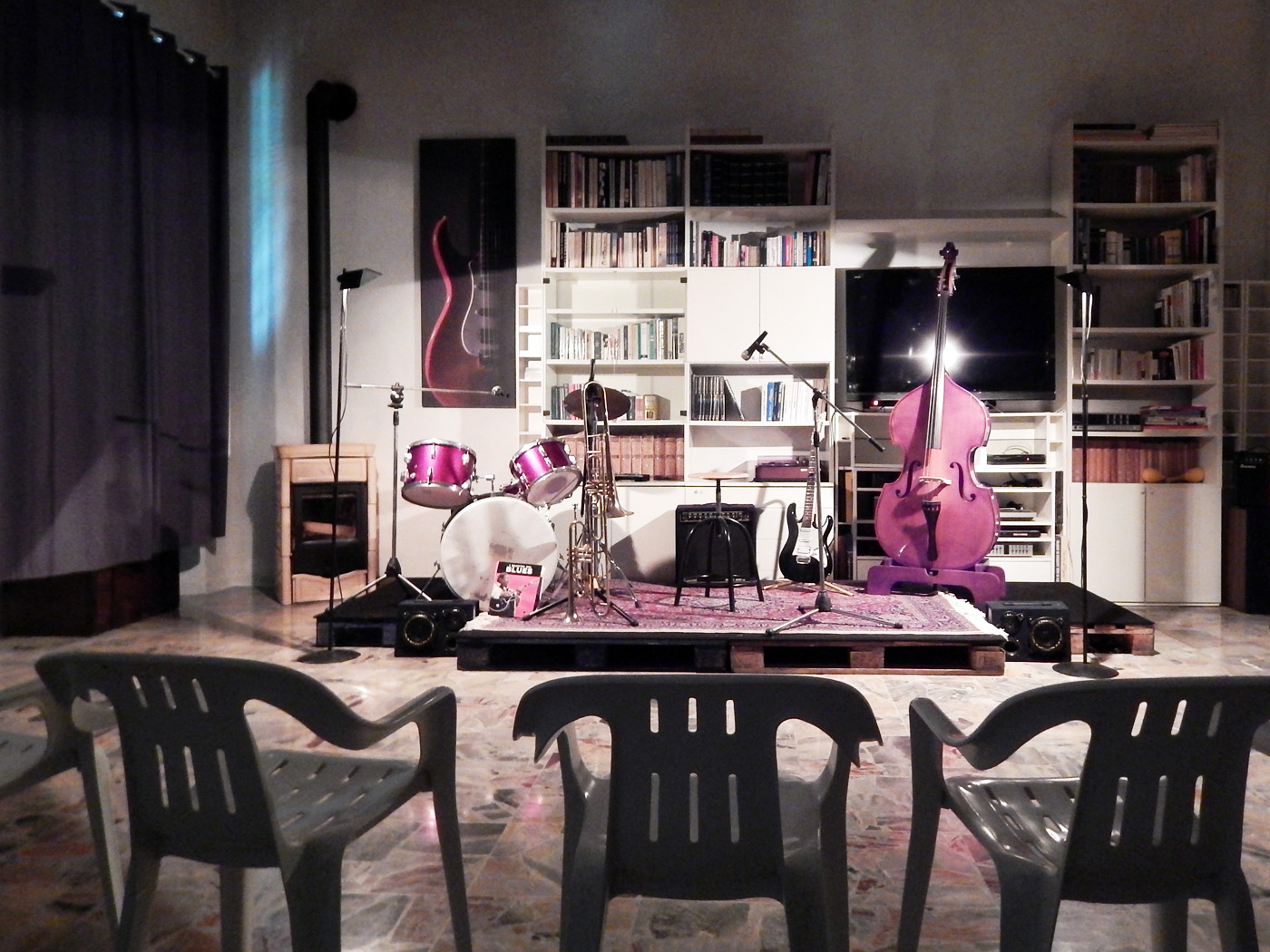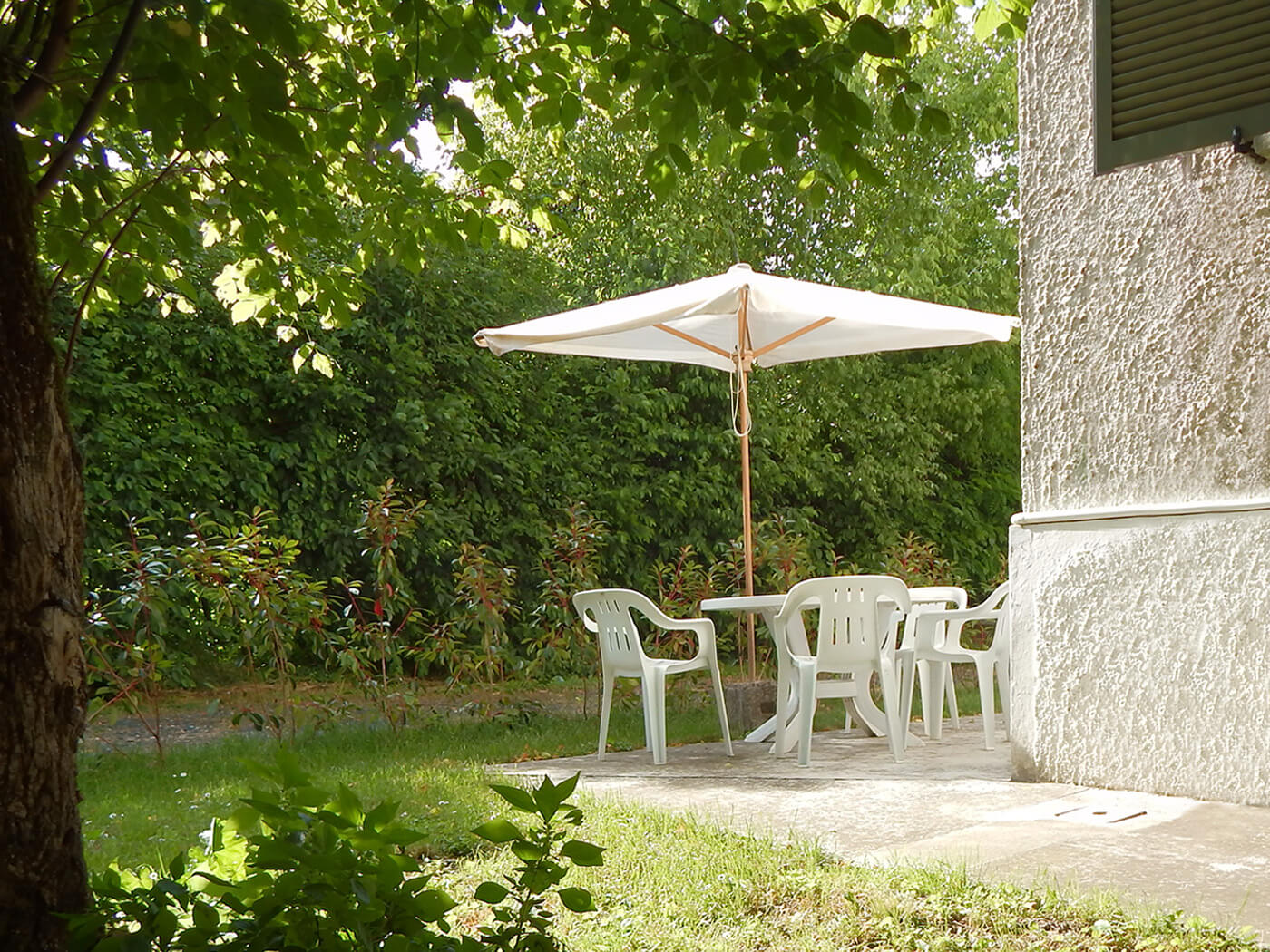
“The Old School” welcomed the students of the area in Rivalta from the Thirties to the Seventies.
During this period was residence for teachers and site of summer camps for children of disadvantaged families.
The well built in the garden also had made it one of the most important buildings for the local population, consisting mostly of farmers and breeders.
Today it houses a peaceful B&B and the seat of the Association of Social Promotion “Il Grumo”.
History
Kingdom of Italy
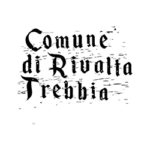
No trace of school buildings on the map Napoleonic Cadastre and in the medieval estimates.
At the time of Kingdom of Italy lessons for the few privileged children, that is those not engaged in the fields by farming families, were carried out in a private room near the Village entrance arch, where there was also the “Town Hall of Rivalta Trebbia.” *
In the area corresponding to the “Old School” instead, a short distance along the road to Piacenza, there was a “Waters Little House”, small protection rural building of the well, of much more ancient origin.
* The structure, still inhabited today, is clearly visible on top of the access road to the village.
Elementary and Evening School
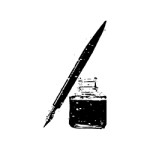
The real history of the school started in 1931, when after years of projects and research, the Municipality allocated the funds necessary for the construction of a building specifically to the basic education of the local population.
The area where stood the old “Waters Little House” was chosen for the building of new location, with a classroom for pupils from first to third, one for the fourth, the canteen with wood oven * on the premises of the basement and the accomodation of two teachers on the first floor.
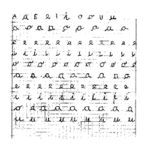
These led life and activities of the school working very hard: teaching all school subjects by combining different classes during the day, held literacy classes for adults in the evening and looked after administration of property and the school’s resources.
* In addition to powering the oven canteen, the wood was the only source of heating, supplied in large quantities by the Municipality and preserved in the specific compartment of the cellar, it preserved intact until today. The students were instructed to go to the woodshed in turns to stir up the clay stove of classroom.
Water well
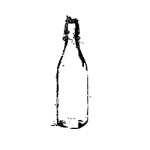
The project of ’31 also led to the expansion of the water well, for the benefit of the school and the village inhabitants, up to then forced to draw water from the Trebbia river with big butts.
The nearby Village was so finally provided drinking water, supplied by a public source in the small main square.
Summer camp
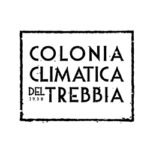
Since 1938 the sons of large families, of women who worked in the rice fields and recruited fathers were received in “Climatic Summer Camp of Trebbia”, a free summer holiday with games and educational activities outdoors. *
Born in the nineteenth century on the initiative of Red Cross and only then maintained and diffused by the fascist regime, the experience of the colony represented for many the first opportunity for recreation and discovery the area.
Despite the strong ideological connotation in fact, hiking, bathing in the Trebbia, the visits to the Village and activities in School’s premises, helped to undermine a stubborn social context, of feudal origin, in which children were simply a resource having no rights, destined for seasonal work in agriculture and breeding.
* Exposure to the sun and the fresh air of the river was considered good for food shortages and malformations.
Postwar period
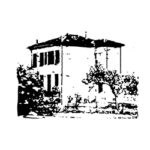
Passed the Second World War school activity regularly continued for more than a decade.
The well-being brought by the reconstruction, the economic and demographic boom that made the sixties a period of strong growth and social renewal, in the area resulted in a considerable increase in holiday houses and residents from the nearby town of Piacenza.

This profound change led to the cession of the small rural school buildings such as that of Rivalta, which were replaced in the main provincial capitals, well-connected by Schoolbus. The School, offered for sale after thirty years of service, thuse became private residence.
Two-Thousands
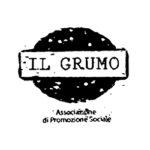
Only recently the great hall of the ground floor that once housed children of primary school came back to life thanks to the intervention of the Association “Il Grumo”.*
Conferences linked to tourism development in the area, historical research, concerts and cultural activities have returned to the building status of point of reference and social laboratory which has always boasted, during its hundred-year history.
Interest in environmental issues, new forms of responsible and sustainable tourism in the end led to the opening of a small Bed and Breakfast, particularly appreciated by international travelers, cyclists and lovers of Italian food.
* Responsible among other things, the creation and maintenance of this site.
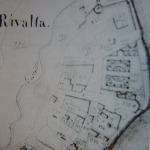
Nessuna traccia di edifici scolastici sulla mappa del Catasto Napoleonico e negli estimi medievali. Nella foto planimetria catastale, 1822 - Studi Storici sulle condizioni del contado-E.Nasalli Rocca-1941)
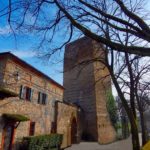
Ai tempi del Regno d'Italia le lezioni erano svolte in un locale privato vicino all'arco d'ingresso del Borgo,dove si trovava anche la sede del Comune di Rivalta
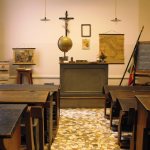
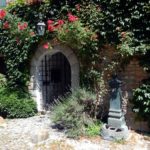
Dal pozzo della Scuola anche il vicino Borgo venne finalmente rifornito di acqua potabile, erogata da una fonte pubblica nella piazzetta principale, successivamente spostata su richiesta degli abitanti perché con le gelate invernali risultava pericolosa per i passanti
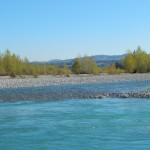
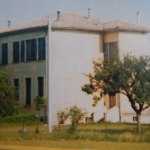
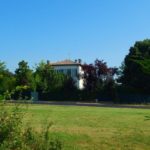
La Vecchia Scuola - Rivalta 2016
Tourism
Bed and Breakfast
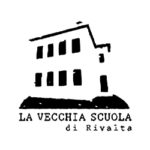
Besides the large hall dedicated to the activities of “Il Grumo”, the building houses a quiet Bed & Breakfast particularly convenient for a visit to Rivalta Village and the Trebbia Park.*
The large interior spaces and the beautiful garden provide visitors a secluded and relaxing stay, while close proximity to Piacenza, the beauty of Val Trebbia, Val Luretta Val Tidone, make it a perfect base for cultural, naturalistic and food and wine explorations.
* Both reached in a few minutes through the cycle-walkable path that starts in front of the entrance gate.
Cycle tourism
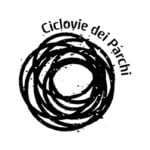
One of the best ways to reach and visit the area is riding a bike.
The Cycle lane of Trebbia in fact part from Piacenza Station, just 16 Kilometers away; from here is pleasant ride through the streets of the old town, the plain fields and the small town of Gossolengo, until Tuna Bridge. *
Arrived on the river you can enjoy one of the most expansive views and charming on the gravel bed and the embankment of the castle. Once on the opposite shore, you turn left at the fork and follow the signs until you see the unmistakable profile of torresino. The Old School is located right on the big crossing before the Castle, on the right.
* Pay attention to this stretch of bike lane not protected by barriers.
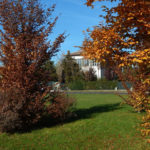
La Vecchia Scuola di Rivalta
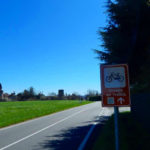
Ciclovia del Trebbia presso La Vecchia Scuola
Map
By car
From Highway A1(Milano/Napoli), exit PIACENZA SUD:
From Highway A21(Torino/Brescia), exit CASTEL SAN GIOVANNI:
By Bicycle
From Piacenza:
Travel the road Agazzana (S.P.28). Pass Vallera, Gossolengo villages and The Rossia location. Shortly after the right turn towards Rivalta / Gazzola / Agazzano. Cross the Bridge of Tuna. In the bottom of the bridge turn left, pass the Avila disco (located on the right) and the Pizzeria Ghisona (located on the left).
Next approximately 1.5 km on the crossroad Piozzano / Gazzola / Agazzano just on the right the destination.
From Travo:
take the Provincial Road 40 (S.P.40). Turn left taking the direction Statto / Croara / Rivalta. Switch Statto continue toward Croara and Rivalta. Arrived at Rivalta passed the Medieval Village continue, and at the crossroads for Piozzano / Gazzola / Agazzano turn left, the destination is immediately on the left.
From Gazzola:
take Via San Rocco towards Piacenza / Rivalta. Drive all the way through the Location Balletta. Subsequently Location Rivalta. The destination is situated just before the intersection to Piacenza / Gragnano on the left.
By Train
The nearest railway stations are:
Piacenza Railway Station:
Castel San Giovanni Railway Station:
By Plane
Nearest Airports are:
-
Orio al Serio Airport of Bergamo
-
Milano Linate Airport
-
Milano Malpensa Airport
-
Parma International Airport
-
Bologna Marconi Airport
Arrived in Airoport it is possible:
- Rent a car to move independently;
- Use the shuttle service at airports Bergamo, Milano Linate, Milano Malpensa and Bologna to go directly in the railway stations of the cities.
The Old School of Rivalta
Official site of The Old School of Rivalta“Il Grumo”
Association of Social Promotion
with headquarters in the school premises
